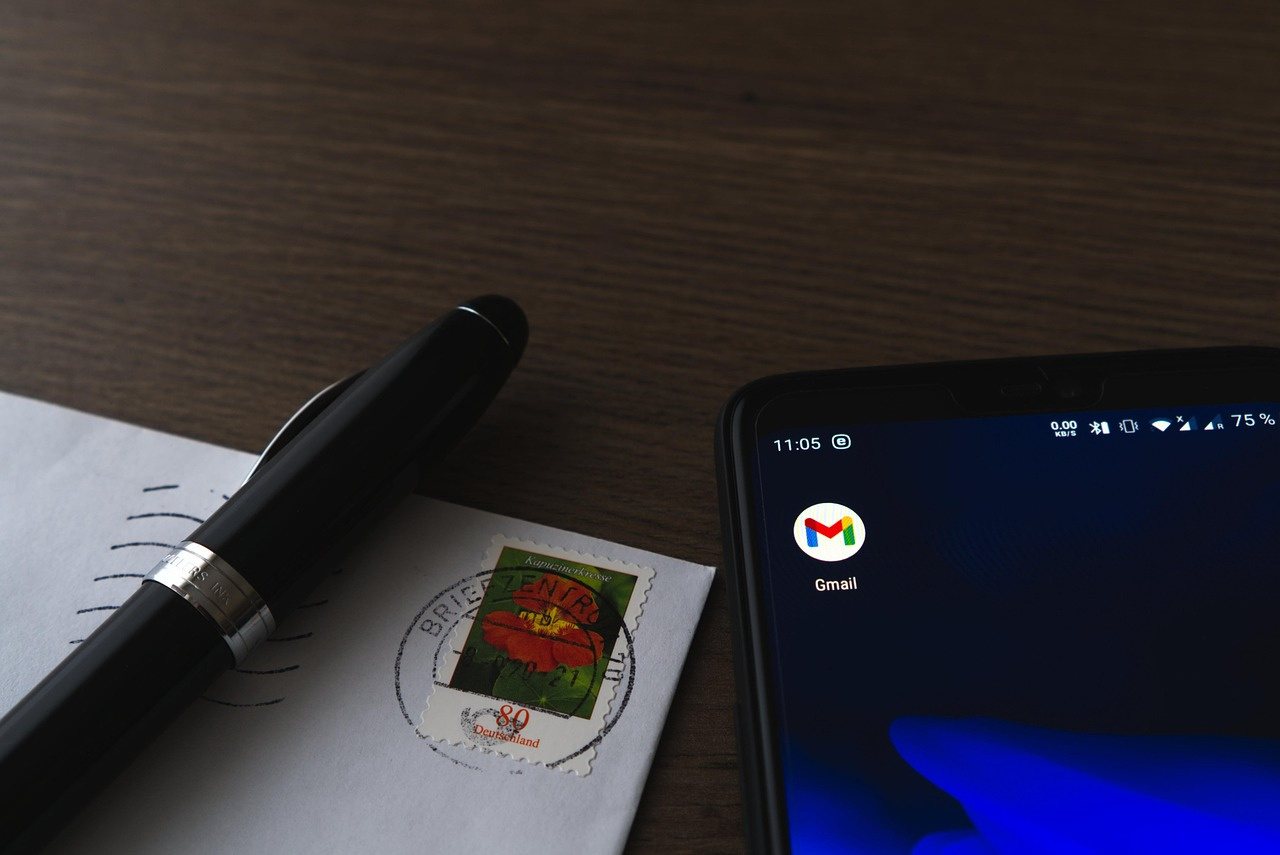
How to Send Large Files Over Gmail (Beyond 25MB Limit)
Gmail is one of the most widely used email services, but it has a well-known limitation — attachments are restricted to 25 MB per email. This includes the email body and all attached files. If you try to attach a file larger than this, Gmail will automatically convert it into a Google Drive link. However, there are smarter ways to send large files through Gmail while maintaining control and user experience. Let’s explore your options.
Why Gmail Has a 25MB Attachment Limit
Gmail enforces this limit to ensure faster delivery, better performance, and compatibility across devices. Even though 25MB might seem small in today’s cloud-powered world, Gmail offers alternatives to bypass this restriction effectively.
1. Use Google Drive (Recommended Method)
Gmail is deeply integrated with Google Drive, allowing users to send files as cloud links.
Steps to Send Large Files Using Google Drive
- Open Gmail and click “Compose” to start a new email.
- Click the Google Drive icon (triangle logo) at the bottom toolbar.
- Choose a file already in your Drive or upload a new file directly.
- Select “Insert as Drive link”.
- Before sending, click on the link and set file permissions to “Anyone with the link can view” if needed.
- Send your email normally — the file will appear as a Drive link.
This is the fastest and most reliable method for sending large files through Gmail.
2. Compress Files into ZIP or RAR
Sometimes, you can reduce file size just enough to meet the 25MB limit.
How to Compress Files:
- Use tools like WinRAR, 7-Zip, or macOS Archive Utility.
- Right-click the file or folder and select “Compress” or “Add to Archive”.
- Check the resulting file size — if it’s under 25MB, attach and send.
This method is effective for PDFs, images, documents, or folders containing multiple small files.
3. Split the File into Smaller Parts
If compression isn’t enough, split the file into multiple segments.
Steps to Split Large Files:
- Use a tool like WinRAR and select the option to “Split to volumes”.
- Choose a volume size below 25MB (e.g., 10MB parts).
- Send each part in a separate email.
- Ask the recipient to extract and reassemble using the same tool.
This is useful for large installers, videos, or zipped folders.
4. Use Alternative Cloud Storage Platforms
If you prefer not to use Google Drive, try Dropbox, OneDrive, Mega, or iCloud.
How to Use Other Cloud Services:
- Upload your file to your chosen cloud storage platform.
- Set the file to be shareable or public (based on security needs).
- Generate a shareable link.
- Paste that link into your Gmail email body.
This approach is ideal if you’re already using another storage service regularly.
5. Use Large File Transfer Services
There are several websites designed specifically to send large files without account creation.
Popular Services:
- WeTransfer (up to 2GB for free)
- Send Anywhere
- Filemail
- TransferNow
Steps:
- Visit the website (e.g., wetransfer.com).
- Upload your file.
- Enter the recipient’s email address or get a download link.
- Paste the link into your Gmail message.
These services are user-friendly and great for quick one-time transfers.
6. Tips to Ensure Successful File Delivery
- Use Descriptive File Names: Avoid generic names like “file1.zip”.
- Reduce Resolution for Images/Videos: Lowering resolution can cut file size significantly.
- Double Check File Permissions: Make sure links are accessible to your recipient.
- Include Clear Instructions: Especially for split files or downloads from third-party sites.
- Use Password Protection: For sensitive documents, compress the file with password protection.
Frequently Asked Questions (FAQ)
Q: Can I bypass Gmail’s 25MB limit directly?
No, you can’t directly attach more than 25MB. Gmail will automatically prompt you to use Google Drive instead.
Q: What happens if I try to attach a 50MB file?
Gmail will not allow you to send it as a regular attachment. It will convert it into a Google Drive link.
Q: What if the recipient doesn’t have Google Drive access?
You must set the file permissions to “Anyone with the link” to ensure they can view or download it.
Q: Is it safe to use third-party file transfer services?
Yes, but make sure to use reputable services and avoid uploading sensitive data unless it is encrypted.
Conclusion
Sending large files through Gmail may seem limiting at first due to the 25MB cap, but with cloud storage, file compression, and file-sharing platforms, there are many workarounds. For most users, Google Drive provides the fastest, simplest, and most secure method. If that’s not suitable, options like Dropbox or WeTransfer are excellent alternatives. Choose the method that best fits your file type, recipient access level, and security needs.
With the right tools and knowledge, you’ll never have to worry about email attachment limits again.








